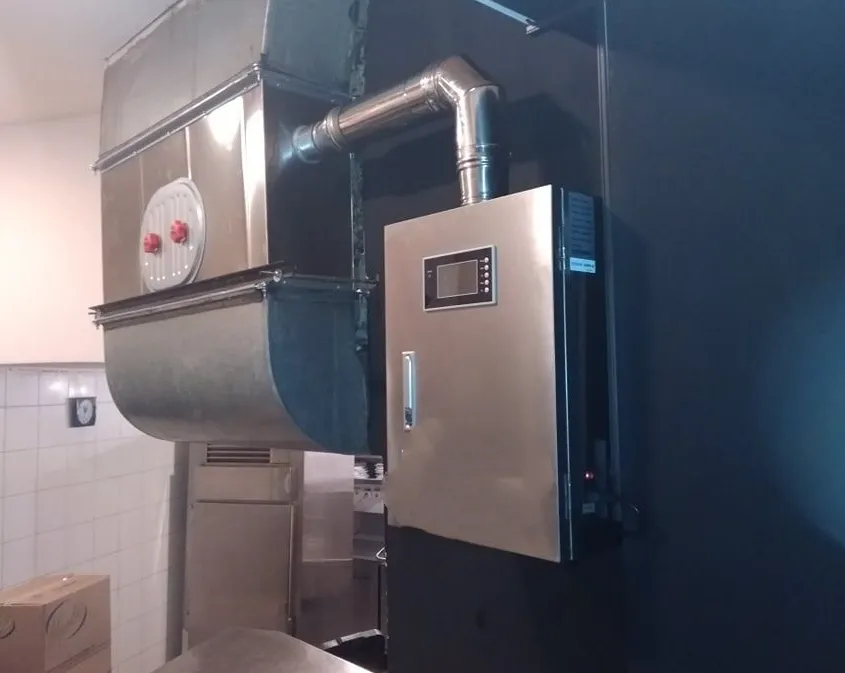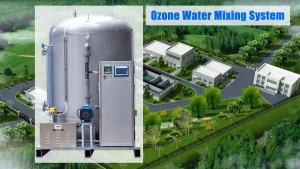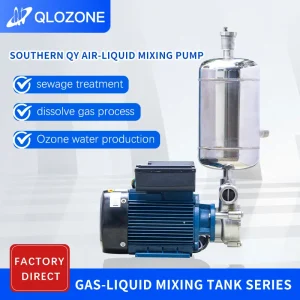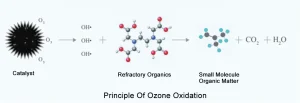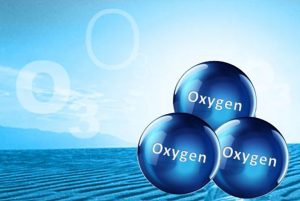About Industrials Ozone
Ozone is an allotrope of oxygen with strong oxidizing properties. It can not only easily oxidize unsaturated organics in wastewater, but also make ring-opening and partial oxidation of aromatic compounds to improve the biodegradability of wastewater. Ozone is extremely unstable and decomposes into oxygen at room temperature. The biggest advantage of treating wastewater with ozone is that it does not produce secondary pollution and can increase the dissolved oxygen in the water. Ozone is usually used for disinfection of water bodies, and it is also gradually applied in wastewater decolorization and advanced treatment. In industry, ozone is generally produced by silent discharge, and the raw material is air, which is cheap and easy to obtain. Therefore, the use of ozone to treat water and wastewater has broad prospects.
Through this experiment, we hope to achieve the following objectives:
Ozone has strong oxidizing ability. The standard electrode potential of O3+2H++2e→O2+H2Oreaction system is E=2.07V. Ozone decomposes in water to generate atomic oxygen and oxygen, and a series of free radicals can also be generated. The reaction formula is as follows:
O3→O+O2
O+O3→2O2
O+H2O→2HO
2HO→H2O2
2H2O2→2H2O+O2
Especially in an alkaline medium, the decomposition of O3 produces free radicals very quickly, and the reaction formula is:
O3+OH–→HO2·+·O2–
O3+O2–→O3–+O2
O3+HO2→HO·+2O2
O2–+HO·→O2+H–
The newly generated hydroxyl radicals are especially active and have stronger oxidizing ability. HO. +Ht+e→H20, the standard electrode potential of the reaction system is Eo=2.80V. The reaction between ozone and organic matter in water is very complex, including direct oxidation of ozone and oxidation of new free radicals. This is closely related to the reaction conditions and the properties of organic matter. Under acidic conditions, ozone decomposition is slow, and the direct oxidation reaction of O3 plays a major role; under alkaline conditions, ozone decomposition is fast, and the oxidation of hydroxyl radicals increases. As the pH of the solution increases , the removal rate of CODcr increases, and the oxidation rate increases. In addition, as the temperature increases, the ozone decomposition rate increases, and the chemical reaction rate increases, so the high temperature is conducive to the oxidation of organic matter. Many organic substances readily react with ozone. For example, ozone has a strong oxidative degradation effect on water-soluble dyes, proteins, amino acids, organic ammonia and unsaturated compounds, phenol and aromatic derivatives, as well as heterocyclic compounds, lignin, humic substances and other organic substances; it also has strong sterilization and disinfection effects.
Ozone Machine Report
The main equipment of the experiment: an ozone machine with an oxygen source of 100G, a maximum oxygen intake of 20L, and a concentration of 84g/m³ NTP
Silicone tube, solution cup.
Experimental sample: About 350ml of two water sample solutions:

This experiment uses the data of 10L of oxygen and the concentration of 168g/m³ NTP.
Water Sample No.1
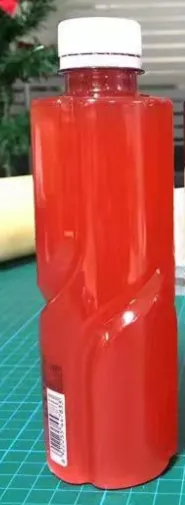
Fill into the cup
After 5 minutes of ozone reaction
After 15 minutes
After 30 minutes
After standing for 30 minutes, results as below:
Water Sample No.2
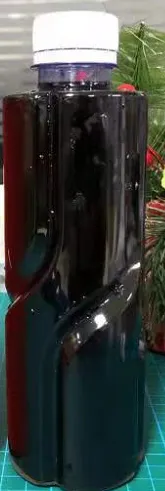
Fill into the cup
After 5 minutes of ozone reaction
After 15 minutes
After 30 minutes
After standing for 30 minutes, results as below:


